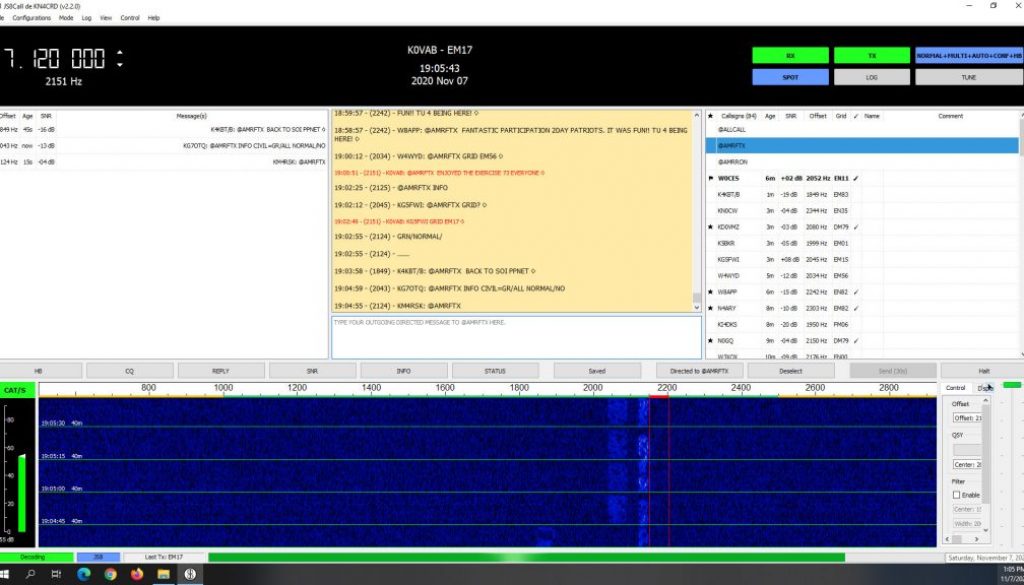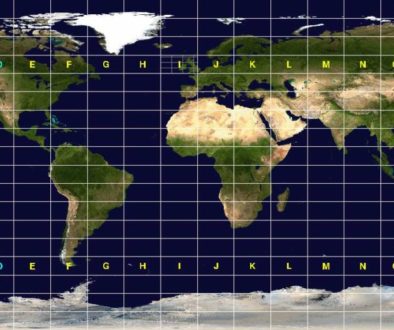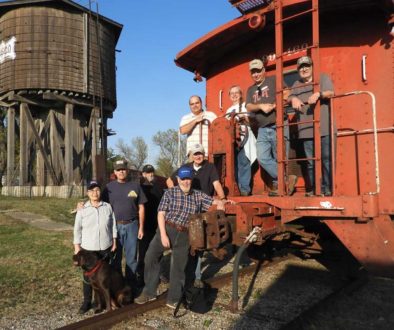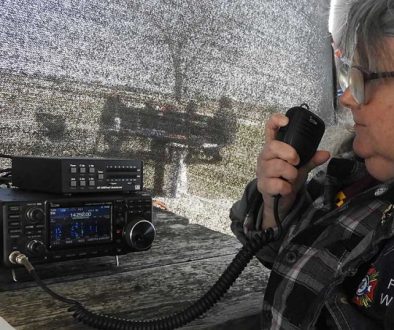AmRRon FTX 4 Exercise
Participated today in the AmRRon FTX 4 exercise using JS8Call program.
JS8Call is software using the JS8 Digital Mode providing weak signal keyboard to keyboard messaging to Amateur Radio Operators.
Here was the scenario: The 2020 Presidential election has been one of the most (if not the most) divisive elections in U.S. history. No matter the outcome, it is anticipated that individuals and groups that have instigated civil unrest and riots during this past summer may use the outcome of the election as an excuse to increase their level of anarchy and violence. Unconfirmed reports of post-election Civil Unrest have been circulating. For the situational awareness of all participants, we need to report Civil Conditions in each participant’s area of operation (AO), what actions participants are taking, and if assistance is needed. Operators that identify other members that might be in jeopardy are encouraged to reach out to them with any assistance that can reasonably be provided (based upon their respective proximity).
PIR(s) for this exercise: (A PIR is a Priority Intelligence Requirement)
1. What are the conditions of the Civil climate in your area of operation (AO)
2. What actions will you be undertaking to assure the safety of you and your family?
3. Do you need assistance?
Stations first prepared their PIR for their area and enter the PIR(s) in the “info” field of JS8Call.
Next, stations were to report (TX) your “info” field to the exercise group periodically (perhaps every 15-20 minutes as frequency availability allows.) through the exercise. Mine, for example looked like:
![]()
Then, participants were to record and retrieve as many reports as possible to access the situation elsewhere. Using your preferred off-grid mapping plan, note the location and PIR status of each station you are able to receive.
Other stations would request my PIR that was sent automatically from the contents of the “info” field of JS8Call.
Through the course of the exercise I was able to copy and record 12 PIR’s from other stations including those from Grid Squares: EN57, EM86, EN82, DM78, DM79, EM82, DN70, EN62, EN11, EM48, DM79. Those basically included the states of Colorado, Nebraska, Missouri, Indiana, Tennessee, Georgia, and Michigan. I heard states as far away as New Jersey, Idaho, and Florida and saw their PIRs in the received band activity window but wasn’t able to make contact with them.
All in all, it did seem to be a useful exercise in helping me first better understand and utilize the JS8Call software and second to gather and send information to other stations.
Had this been a real-world event, I’m not quite sure how I could help others if they were in need because of the distances they were located away from me. But, the intelligence gathered would be good in accessing the overall situational awareness.
Because of the orientation of my Alpha Delta DXCC antenna, I was receiving best stations generally located to the west and east of my location with limited reception north and south. The greatest distance I was hearing was about 1200 miles, and was able to work stations about 850 miles away.
Using PSKReporter, I was able to graphically display my reception:




